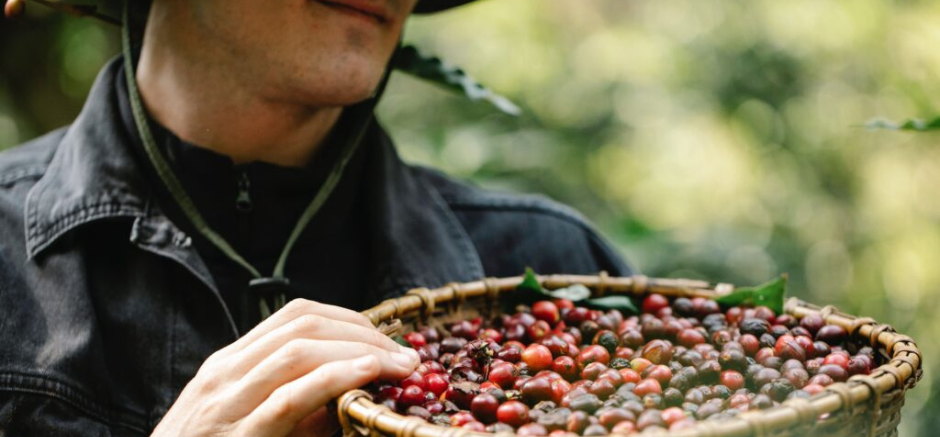
Natural or washed coffee - Method of preparation
|
|
Time to read 2 min

|
|
Time to read 2 min
For many coffee drinkers, the terms natural coffee or washed coffee are still foreign words. Still, the type of processing has a big influence on the aroma and can help us choose the perfect variety.
Coffee processing, also called processing, refers to the transformation stages that the coffee bean undergoes as it passes from the picked coffee cherry to the unroasted coffee bean.
If the coffee cherry is not processed immediately after picking, it begins to ferment out of control. This has a negative effect on the taste and quality of the grain.
During harvest, the coffee bean is surrounded by the pulp and mucilage, a viscous protective layer.
As the coffee bean must be dry for roasting, it is necessary to separate it from the pulp and dry it.
For this, there are different methods which are typically used depending on the country of origin.
We present the two most common methods.
Natural coffee, also called dry processed coffee, has a long tradition. It is especially in dry regions, such as Ethiopia or Brazil, that this process is the first choice. The reason is that it does not require water and processing is relatively simple.
After harvest, the coffee cherries are simply dried in the sun on drying beds or cement floors. During this time, they should be turned regularly until they are completely dry after about three weeks.
Sugar molecules from the mucilage pass into the coffee bean during the drying time - resulting in a fruity, sweet aroma.
They also help reduce the acidity of the coffee and give it more body, which ultimately gives you a more intense mouthfeel when you drink.
When the grain has developed its characteristic central vein, drying is complete.
All that remains is to remove the pulp and mucilage from the grain, which is then ready to be transported to the next processing stage: roasting.
So, if you're looking for a light fruity sweetness in your coffee, you should choose a natural coffee.
The washed coffee process requires a lot of water.
You are certainly wondering why, for the sake of the environment, we do not always use the Natural process. Areas where there is a lot of precipitation or too little sunlight are dependent on water treatment. The coffee cherry is indeed very sensitive, and in poor conditions it quickly becomes moldy and moldy.
In the washing process, the coffee cherry is stripped of its pulp immediately after harvest. This is done using pressurized water and water mills.
The last residues of pulp are then eliminated in fermentation tanks and the bad coffee beans which float on the surface are sorted. Gentle fermentation produces a creamy and mellow taste.
The coffee beans are then dried for up to ten days. However, the thin parchment film that surrounds the coffee bean is only removed just before export. We thus ensure that all the aromas remain protected.
Washed coffees have a more complex taste and a smoother body. In addition, the fine acidity of the raw grain is preserved, which leaves a balanced taste of flowers, even tea.
You now know the differences between the two processing processes and this may perhaps help you choose between Natural or Washed coffee.
If you want a moment of unusual pleasure with intense aromas and fruity notes, try a Natural Processed coffee.
If you prefer to play it safe, let yourself be seduced by the delicate and complex aroma of one of our washed coffees.
Recommendation: try our Fortissiomo washed espresso.
It will enchant you with its complex aroma of malt and marzipan and its pleasant light acidity.

